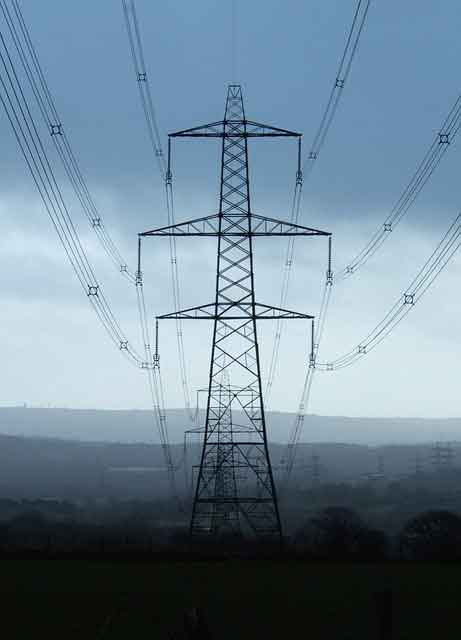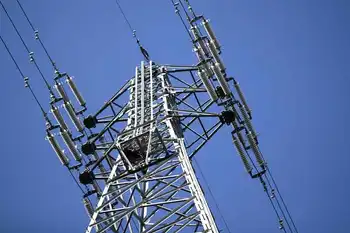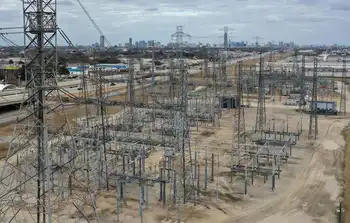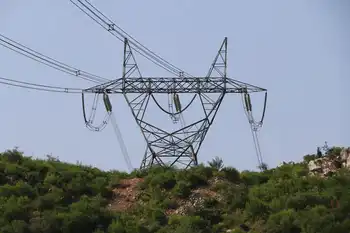The Power Hungry Get Powered Down
Gateway To North America's Electrical Industry -
Los Angeles -- Back in the 1930s, the federal government lured the energy-hungry aluminum industry to the Pacific Northwest with the promise of cheap hydroelectric power. For decades, the smelters provided good jobs while churning out the lightweight metal crucial for defense. Now, however, the government's priorities have shifted. The West's need for power, it has concluded, outweighs the need for the kilowatt-gobbling plants. By year's end, citizens of the region most likely will be paying the aluminum industry to keep its doors closed.
Aluminum belongs to a venerable club of industries roiled by today's energy realities. As the nation's biggest energy users, manufacturers of metals, chemicals, and paper are facing plant shutdowns and shrinking profits. And the squeeze is tightening as government and utilities struggle to meet increased power demand. "Those that have used the highest amounts of energy, and have gotten relatively cheap prices for electricity those are the industries that are really in danger," says energy economist Philip Verleger.
Energy windfall. Until now, the firms that operate the 10 aluminum smelters in Washington, Montana, and Oregon benefited from the energy shortage. Locked into long-term contracts at $22 per megawatt-hour (while the going rate shot up to $300), many closed their mills and resold their electricity realizing hefty profits even after paying idled workers. Kaiser Aluminum made $100 million on energy sales in the last quarter of 2000, more than offsetting the $90 million it lost on other operations. But those favorable contracts expire in October, and on April 9, the Bonneville Power Administration, the federal agency that supplies half the region's energy, said it does not want to renew them. In fact, in light of its drought-stricken hydroelectric generators and soaring West Coast energy prices, it wants the smelters to shut down for as long as two years. At full power, the smelters use 3,000 megawatts of electricity, enough to power nearly all the 3.2 million homes in Washington and Oregon. And while Pacific Northwest mills still churn out 40 percent of U.S.-made aluminum, they contribute only 5 percent of global output. The industry leader, Alcoa, operates in 37 countries, many with energy costs below even Bonneville's bargain rates. The industry also contributes relatively little to the local economy. If all smelters closed, the region would lose 6,000 jobs but less than a half percent of its total employment or output, according to one study. BPA says power savings will cut prices enough to cover compensation payments to the firms.
Aluminum could be the first example of what economist Verleger predicts will be a "triage" of the industrial economy. To relieve pressure on the energy system, government will be forced to intervene, he says, to "identify the moribund bricks-and-mortar industries and activities that consume large amounts of energy but yield little value to the economy." If government doesn't do it, the market will, Verleger says.
Related News

Russian hackers had 'hundreds of victims' as they infiltrated U.S. power grid
WASHINGTON - Russian hackers for a state-sponsored organization invaded hundreds of control rooms of U.S. electric utilities that could have led to blackouts, a new report says.
The group, known as Dragonfly or Energetic Bear, infiltrated networks of U.S. utilities as part of an effort that is likely ongoing, Department of Homeland Security officials told the Wall Street Journal.
Jonathan Home, chief of industrial-control-system analysis for DHS, said the hackers “got to the point where they could have thrown switches” and upset power flows.
Although the agency did not disclose which companies were impacted, the officials at a briefing Monday said that there…




